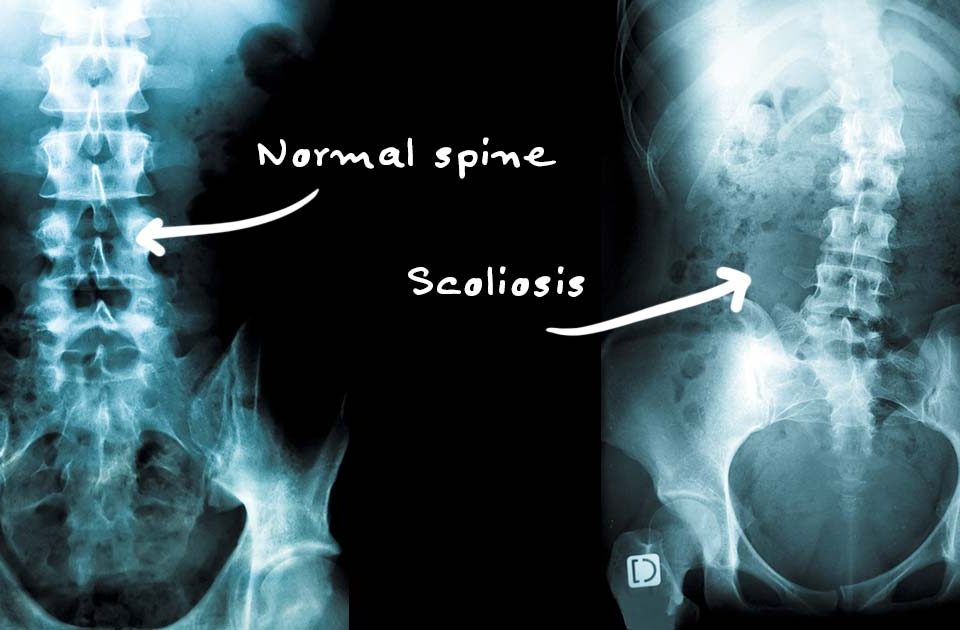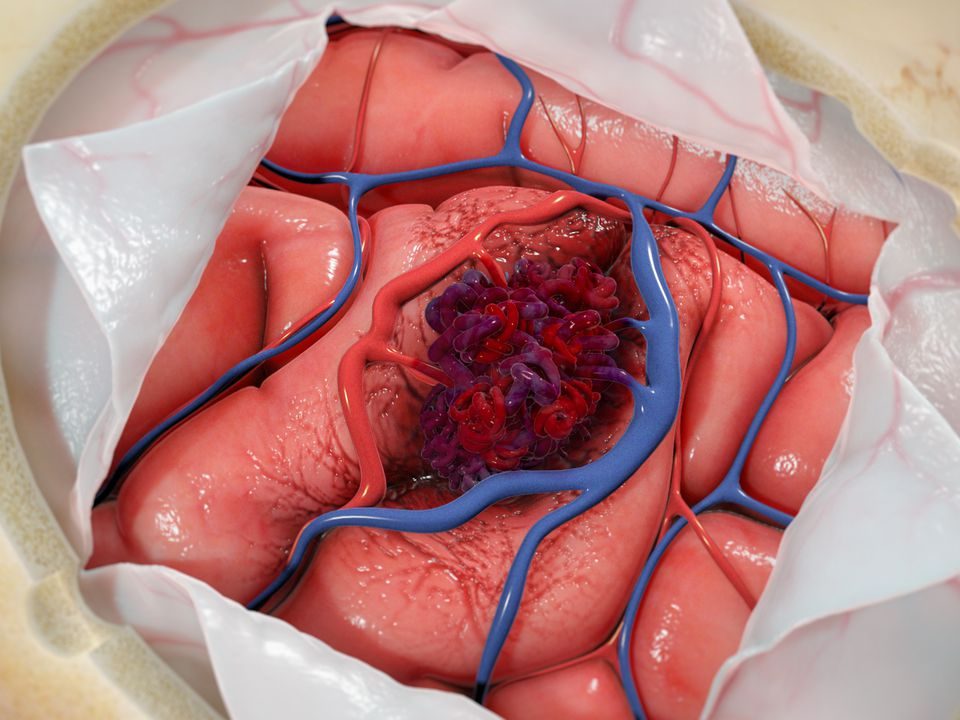Meningiomas are tumors that arise from the membranous layers that cover the brain and spinal cord, not from the brain tissue itself.
Biologically, most meningiomas are benign, but some can be very aggressive and difficult to treat, especially when they surround nerves — such as the optic nerve, affecting vision How likely is a meningioma to return?
In one study, almost half of surgically removed meningiomas recurred after 20 years. That’s why there needs to be regular monitoring. Though meningioma patients are never completely “out of the woods,” you can live a normal life while you’re being vigilant with regular brain imaging.
According to meningioma specialist and neurosurgeon of Johns Hopkins’ Comprehensive Brain Tumor Center, several factors can influence the chance that a meningioma will come back after being treated with surgery alone:
• Was the surgery able to remove all of the meningioma?
After meningioma surgery, your surgeon will arrange for a postoperative scan within a few days of your procedure. This scan helps ensure that the tumor and its attached membrane (the dura) were completely removed. (A new meningioma can arise from the dura if it’s not taken out.)
Complete removal of a meningioma and dura is the best way to avoid a recurrence. However, there is still a 24 to 32 percent chance that a meningioma will recur in 15 years, even when the original tumor was completely removed. In about 95 percent of recurrences, the new meningioma grows in the same spot as before.
In some cases, total resection, or removal, is not possible. If a meningioma tumor is not removed completely, it is likely to regrow within 10 to 20 years.
• What was the grade of the tumor?
Up to 90 percent of meningiomas are grade 1. This means that the tumor’s cells appear indolent (slowly growing) under a microscope and the tumor is not spreading.
Atypical or anaplastic meningiomas tend to involve the brain. They can recur and may also have necrosis (a core of dead cells within the tumor), which is a malignant feature. These tumors are composed of rapidly dividing cells, accounting for their fast return.
Meningiomas that recur more than twice are more likely to be a higher grade. Some can even be malignant.
• What were the size and location of the tumor? Was there more than one?
The role of age and sex has been studied in relation to risk of recurrence. However, there has been no significant correlation shown between these two factors
An important environmental and/or iatrogenic factor is the effect of ionising radiation on the head and neck region. The increased incidence of meningiomas among survivals of the Hiroshima nuclear disaster at the end of the Second World War also supports this notion. However, most cases of radiation-induced meningiomas are iatrogenic and related to the diagnostic irradiation in dental practice. Therapeutic irradiation (radiotherapy) appears highly relevant, and there is growing body of evidence to support this. Interestingly, traumatic head injury also increases the risk of meningioma 1 or 2 decades after the trauma. during pregnancy, a meningioma may undergo rapid growth, which could have a lethal outcome. in a comprehensive analysis, examined the role of various environmental factors in the Chinese population. The results reveal that smoking significantly increases the incidence of meningioma in women. Similarly, lead, tin, cadmium as occupational hazards also increase meningioma incidence in exposed workers. In contrast, a diet rich in fruits and vegetables decreases the chance of having a meningioma. Although alcohol consumption has been implicated as a risk factor for meningioma, there are no convincing evidence to support this hypothesis. With the advent of novel telecommunication techniques, in particular mobile phones, the question has emerged whether there is an association between meningioma development and use of cell phones. The Interphone company conducted a study that concluded there was no such association. Nevertheless, we have to take into account that there are not many research reports on this field and that the follow-up period is relatively short because mobile phones have become widely used only in the past 20 years or so.
Reference:
http://www.hopkinsmedicine.org/health/articles-and-answers/ask-the-expert/meningioma-recurrence
https://www.ncbi.nlm.nih.gov/pmc/articles/PMC5329819/




1 Comment
Very beneficial document in relation to morning headaches and all sorts of possible triggers . In relation to Covid after effects or/ and vitamin supplements like vit D , Selenium ?